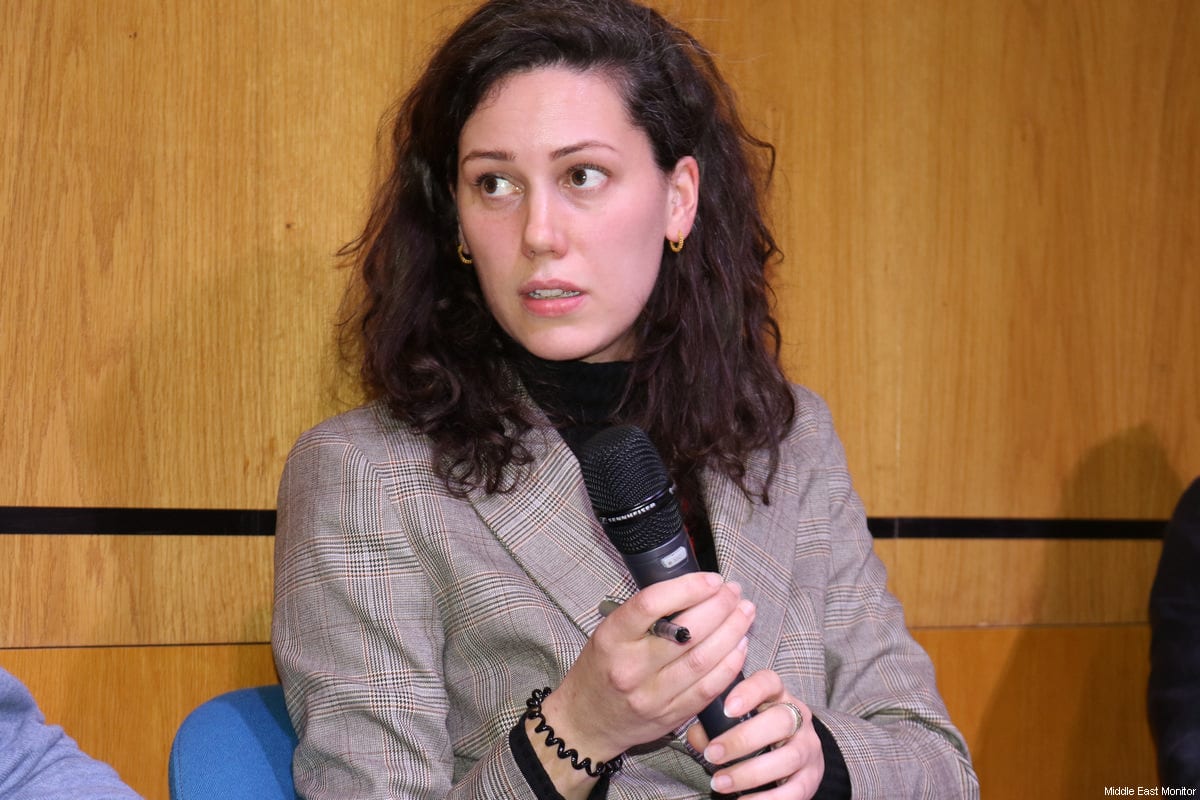Opposing Arabic hashtags “Renaissance Dam” and “fill the dam” are trending in Egypt and Ethiopia following the news that Addis Ababa has begun the second phase of filling the dam, a reflection of how polarised the issue has become between the two Nile basin countries.
The downstream states Egypt and Sudan have been locked into a dispute with Ethiopia for almost ten years now, maintaining that filling the dam will diminish their water supply.
Egypt is heavily dependent on Nile water which it uses for drinking water, agriculture and electricity, and wanted to reach a binding agreement on its share of water before the dam’s reservoir was filled.
#Ethiopia lost 1 billion cubic meters of the 1st filling when trying to dry the middle spillway by opening 2 bottom outlets in April.
Raised it to 573 m to store 3 to 5 bcm this season.
The water will fall by the end of this July#أثيوبيا, #سد_النهضة pic.twitter.com/mv86Ta1ByW
— magedmahmoud (@magedmahmoudEGY) July 6, 2021
Some even claim that it is a matter of life or death.
life or death for us#سد_النهضة pic.twitter.com/lFdQfx9cUR
— 𝑨𝒍𝒊 𝑭𝒂𝒕𝒉𝒚 (@fath41115857) July 6, 2021
In March, following another round of failed talks, this time in the Democratic Republic of Congo, Abdel Fattah Al-Sisi warned that Egypt would not allow a “single drop” of its water to be taken and that “our response in the event of jeopardising it will have effects on the stability of the entire region.”
Twitter users are now goading him on, mirroring the polarising media headlines over the issue, and asking where the Egyptian army is.
Do it Egyptpic.twitter.com/UBQhVyrmL2
— Exploration🇸🇦 (@OnlyExploration) July 6, 2021
In May, Egyptian authorities jailed a former ambassador because he criticised the government’s handling of the Renaissance Dam crisis.
Dissatisfaction on the street with Al-Sisi’s handling of the negotiations led to Egyptian whistleblower Mohamed Ali calling on people to take to the streets on 10 July for a “Nile Revolution’ against authorities’ failure to stand up to Ethiopia.
Now Egyptians are calling on the authorities to take more serious action and for international support over the issue.
The current status quo is unacceptable, today Egypt received an official letter from Addis Ababa telling them that they started filling the lake behind the GERD for the 2nd year!! Well, more serious action should be taken…#ethiopia#سد_النهضه #الملء_الثاني pic.twitter.com/rEXkI2RjZM
— Youssef Abouelela (@yousefabouelela) July 5, 2021
If the world does not stand with Egypt on the Nile issue, the whole world will stop if Egypt enters a war, as happened in 67 and 73 #سد_النهضة#EgyptNileRights#النيل_حياة_المصريين
— Free Citizen (@whoami201920) July 5, 2021
Meanwhile in Ethiopia, social media users are celebrating the second stage of filling the dam: “Glory be to Ethiopia,” writes one, above photos of the second filling. “Are you ready to celebrate?” writes another.
Are you ready to celebrate.
2nd filling of the #GERD has began…🇪🇹 #FillTheDam
🇪🇹 #FillTheGERD
🇪🇹 #ItsMyDam
🇪🇹 #ItsOurDam
🇪🇹 #ItsEthiopianDam
🇪🇹 #ItsAfricanDam pic.twitter.com/NPj9jIaHq2— Idris M. Sanusi 🇳🇬🇪🇹 (@sanusi90064) July 5, 2021
Congratulations 👏👏👏!!!
Ethiopia officially notified Egypt about the start of the 2nd filling of the massive #GERD reservoir. The dam is the contribution of every Ethiopian and I am so excited for the future of my beloved Ethiopia 🇪🇹.#ItsMyDam #FillTheDam #UnityForEthiopia pic.twitter.com/jnBvU54fIE— Tariku Gankisi (Dishtagina) (@tariku_gankisi) July 6, 2021
The Nile Water Treaties, colonial-era agreements between the British and Sudan and Egypt, maintain that upstream countries cannot use Nile water without the downstream countries’ consent. Ultimately, Egypt can veto projects further up the Nile that have the potential to affect its access to water and electricity.
Three decades later the treaty was updated to allocate Egypt 55.5 billion cubic metres of water and Sudan 18.5 billion with upstream states receiving nothing.
For years, Nile states have called for a change to Egypt’s dominance over the river. Ethiopia eventually built the dam in 2011, taking advantage of the upheaval caused by the revolution in Egypt.
#Ethiopia🇪🇹 vs #Egypt🇪🇬#Egypt has zero contribution to Nile River with 100% utilization, But #Ethiopia has 86% contribution with zero utilization. We're very sure that, this will be History coming soon without harming the downstream countries.#FillTheDam pic.twitter.com/kbUwk997QY
— Kiyya Sissay🇪🇹 (@KiyyaDechasa) July 4, 2021
The Ethiopian embassy posted that the dam would be advantageous to all Nile basin countries, not just Ethiopia, reflecting what researchers have said, that developing the dam could have a ripple effect and boost industry and create more jobs for the other Nile countries.
❝The #GERD stands as a beacon of hope for all Africans. The use of a hydroelectric dam, which doesn't consume the water but rather allows it to continue its flow to #Sudan and #Egypt, will finally allow the lights to turn on in all Nile Basin countries.❞#Ethiopia #ItsMyDam pic.twitter.com/zrR5QN2LiB
— Ethiopian Embassy UK | #EthiopiaInUK 🇪🇹🇬🇧 (@EthioEmbassyUK) July 6, 2021
Despite this, the three countries have been locked in talks for a decade, with little to show for it.
#Egypt's policies have undermined every efforts to broker an agreement on #GERD. This includes the AU-led process that launched in June 2020. #Ethiopia remains committed to reaching a fair and balanced agreement on the #GERD. @MfaEgypt #ItsMyDam #Fillthedam #EthiopiaPrevails pic.twitter.com/FLLd73VW3H
— Yohannes Mengaw 🇪🇹 💚💛💗 (@YohannesMengaw3) July 1, 2021
READ: Ethiopia rejects Arab League’s ‘unwanted’ intervention in dam crisis

![Protestors march down 42nd Street in New York during a "It's my Dam" protest on March 11, 2021 [TIMOTHY A. CLARY/AFP via Getty Images]](https://i0.wp.com/www.middleeastmonitor.com/wp-content/uploads/2021/07/GettyImages-1231650371-scaled-e1625586619476.jpg?fit=920%2C613&ssl=1)







